PERÚ TRAVEL PACKAGES

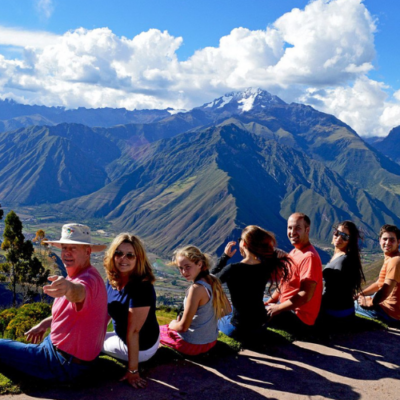

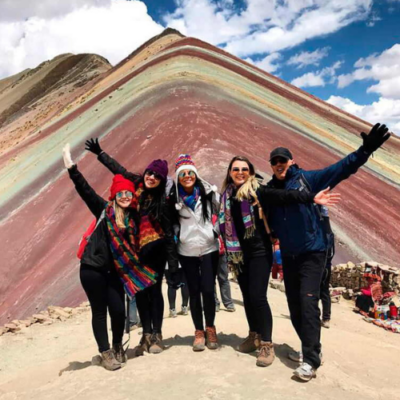

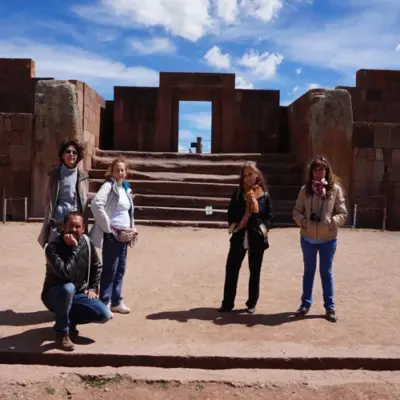
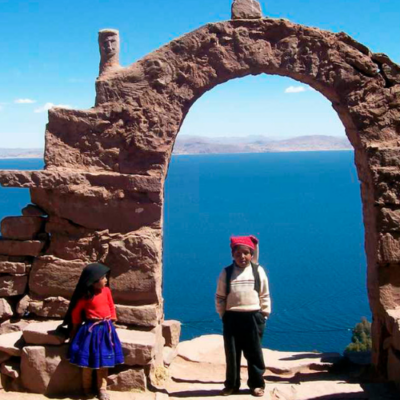

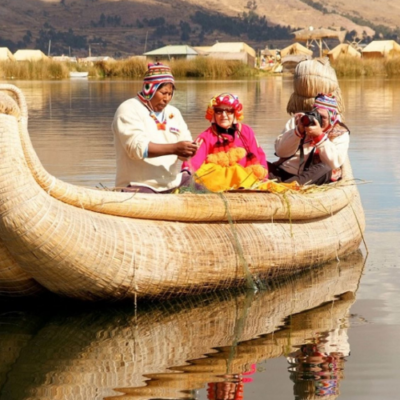


25 May, 2024










Planning a visit to Machu Picchu soon? It’s essential to be aware of the updated regulations to ensure a memorable and respectful experience. This iconic site is not only a wonder of the world but also a delicate ecosystem that requires our collaboration for its preservation. Here we tell you everything you need to know to make your visit as fascinating as it is responsible.

Definitely, there are several important regulations you should be aware of before your visit to Machu Picchu. These rules are designed to protect the heritage and ensure that all visitors enjoy a safe and respectful experience.
First, it’s essential to know that entry to Machu Picchu is divided into several time slots throughout the day. These schedules are established to control the flow of visitors and reduce the environmental impact on the site. Additionally, you should purchase your ticket in advance, as tickets are limited and often sell out quickly, especially during the high season.
During your visit to Machu Picchu, you’ll also find that there are areas where access is limited or completely restricted. This includes areas near the most fragile ruins, where the passage of people could accelerate erosion or deterioration of these ancient buildings.
It’s crucial to follow the code of conduct during your visit to Machu Picchu. Carrying large bags, making loud noises, consuming food, or carrying metal-tipped walking sticks without protection are not allowed. The goal is to maintain the integrity of the place and the necessary tranquility for a respectful visit.

Machu Picchu is one of the most iconic destinations in the world, and to preserve its beauty and historical significance, there are strict limits on the number of visitors allowed each day. If you’re considering the Inca Trail 4 Days trek as part of your journey, understanding these limits will help you better plan your visit to Machu Picchu and ensure you don’t miss out on this unique experience.
Currently, the daily visitor limit for Machu Picchu is approximately 2,500 people. This number is designed to balance site preservation with accessibility for tourists from around the world. It’s crucial to reserve your ticket several months in advance, especially if you plan to visit Machu Picchu during the high season, which runs from April to October.
For better management of visitor flow, Machu Picchu has implemented specific entry schedules. Visitors can enter in groups at different times throughout the day, starting from 6 a.m. until 2 p.m. This not only helps control the number of people on the site at any given time but also enhances the experience for each visitor.
To ensure your entry and enjoy an optimal experience during your visit to Machu Picchu, it’s advisable to purchase tickets in advance and consider visiting during less crowded months, such as November to March. Additionally, arriving early to be among the first to enter can allow you to enjoy less obstructed views and a more personal experience.

When planning your visit to Machu Picchu, it’s important to note that guided tours are not only recommended but also regulated with specific rules to ensure an educational and respectful experience for everyone. These rules are intended to protect the heritage and optimize the experience for each visitor. If you’re short on time, the Inca Trail 2 Days trek can be a great addition to your guided tour, fully aligning with these regulations.
Only guides certified by the competent authority can conduct guided tours in Machu Picchu. These professionals are trained to provide detailed information about the history, architecture, and cultural significance of the site. Additionally, it’s mandatory for the tour to be conducted in languages accessible to the group’s visitors.
The maximum size for each guided tour group in Machu Picchu is 16 people. This measure helps reduce the environmental impact on sensitive areas of the site and ensures that all visitors can properly hear and interact with the guide.
Guided tours have a maximum duration of four hours. Additionally, there are specific routes that guides are required to follow. These routes are designed to efficiently distribute visitor flow and minimize wear and tear on the most vulnerable areas.

The seasons play a crucial role in planning your visit to Machu Picchu. Depending on when you decide to go, your experience may vary significantly due to the weather and the number of other visitors.
The dry season, which runs from April to October, is considered the best time to plan your visit to Machu Picchu. During these months, days are generally clear and sunny with very little rain, making access routes and the site itself more accessible and enjoyable to explore. However, this is also the peak tourist season, meaning there may be more visitors, and tickets may sell out quickly.
Between November and March, Machu Picchu experiences its rainy season. During this time, rains are frequent and can be quite heavy, making access to the site more challenging and trekking routes around the area may become slippery and difficult to navigate. However, visiting Machu Picchu during these months can offer a unique perspective, with fewer tourists and a greener, more lush landscape.
Planning your visit to Machu Picchu requires considering these weather factors. Booking in advance, especially during the dry season, and being prepared for weather changes are essential to fully enjoy your experience.

To ensure a safe and enjoyable visit to Machu Picchu, it’s essential to adhere to certain safety measures. These not only protect your well-being but also that of the World Heritage site you’ve come to enjoy.
It’s imperative that during your visit to Machu Picchu, you always stay within designated paths and areas for visitors. The site is located in a mountainous location, and its terrain can be slippery, especially when wet. Straying from established routes not only increases your risk of accidents but can also cause damage to the natural environment and ruins.
If you need to use hiking poles during your visit to Machu Picchu, make sure they have rubber tips. Metal-tipped poles are prohibited because they can damage ancient stones and pathways on the site. Poles with rubber tips help preserve the integrity of the heritage while providing necessary support.
During your visit, you’ll notice several safety barriers and signs in critical areas around Machu Picchu. These are put in place for your protection and that of other visitors. It’s crucial to respect these barriers and not attempt to cross them under any circumstances.
Make sure to wear appropriate clothing and footwear for walking on uneven terrain and variable weather conditions. Good preparation can make the difference between an enjoyable experience and a problematic one during your visit to Machu Picchu.

Capturing moments from your visit to Machu Picchu can be an exciting part of the experience. However, there are certain restrictions you should be aware of to respect the site’s rules and ensure that both you and other visitors enjoy their stay.
For most visitors, taking personal photographs during your visit to Machu Picchu is allowed and is indeed a common practice. However, make sure not to use flash, as it can damage antiquities and disturb other visitors. It’s important to maintain respect for the environment and the people around you while capturing your memories.
The use of professional photography or videography equipment, including tripods or drones, is subject to specific restrictions. The use of drones is not allowed at any time during your visit to Machu Picchu due to the disruption they can cause to both the natural environment and the experience of other visitors. For professional equipment, it’s necessary to request special permits in advance through the site administration.
Additionally, it’s crucial to avoid taking photographs in restricted areas or of staff and other visitors without their consent. Respect for privacy and everyone’s experience is a priority during your visit to Machu Picchu.

Planning your visit to Machu Picchu includes knowing the access hours to ensure you make the most of your experience at this incredible historical site. Here we detail the hours and some tips to better coordinate your trip.
Machu Picchu has specific entry times designed to manage visitor flow and effectively conserve the site. Visitors can enter from 6:00 a.m. to 2:00 p.m., with the last entry allowed at 2:00 p.m. Each ticket allows for a limited time window to explore the site, usually four hours from the time of entry.
It’s important to plan your arrival considering these hours to maximize your experience during your visit to Machu Picchu. Booking in advance is crucial, especially during the high season, to ensure your entry at the desired time.
During the high season, hours may vary slightly to accommodate the increase in the number of visitors. It’s advisable to always check with the official site or your travel agency before planning your visit to Machu Picchu to get the most up-to-date information.
Arriving early in the morning or after noon can offer you a quieter experience, as these times tend to be less crowded. Additionally, considering the schedule of your return train if coming from Aguas Calientes is essential to avoid setbacks.
Ready to embark on the adventure of a lifetime? At Leading Travel, we are experts in designing tailor-made tour packages that will transform the way you travel. Our local knowledge and attention to detail guarantee that your Sacred Valley trekking experience will be unforgettable. We are not only your best choice, we are your ultimate travel partner.
Don’t wait any longer! Follow us on Instagram to see our clients’ exciting adventures and join our community on Facebook for the latest news and special offers. Live the adventure, live Leading Travel.
With Leading Travel, every step you take to new heights is filled with the promise of wonder, learning and, of course, fun. Let us make your next great trip a reality!
Copyright© 2023 Leading Peru Travel